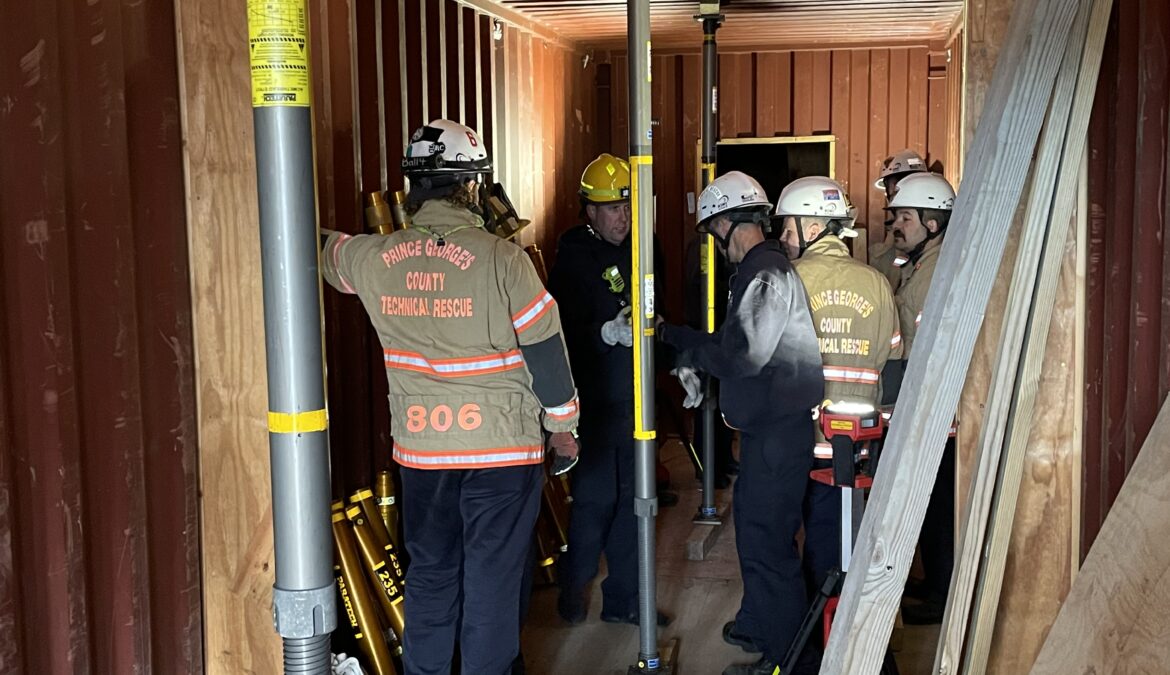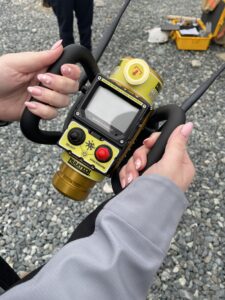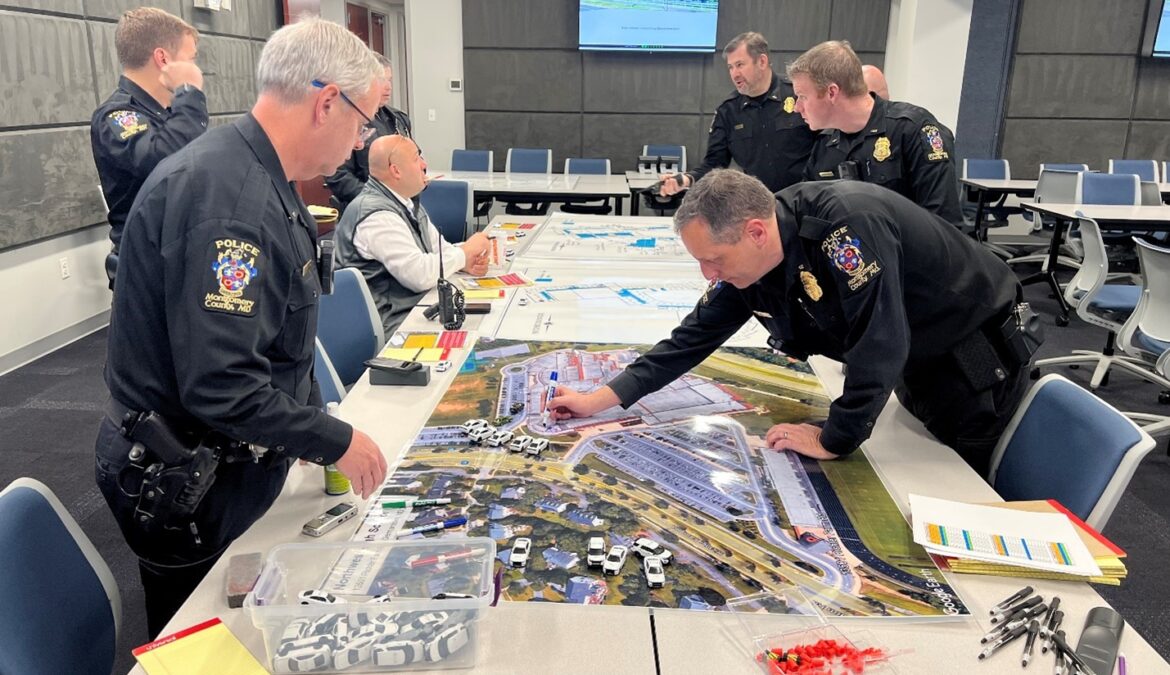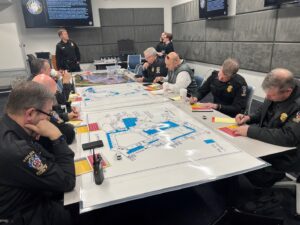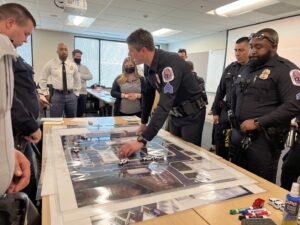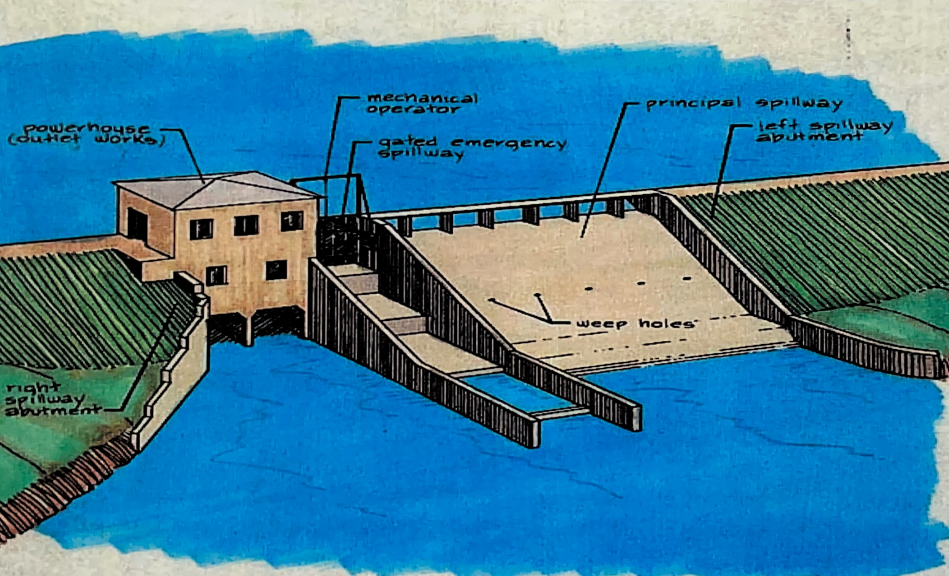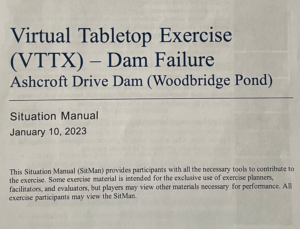Over the past few months, artificial intelligence (AI) has become one of the biggest topics of discussions in multiple fields. From homeland security to education, to even Hollywood and the music industry, AI is changing the world for better and worse. But what is artificial intelligence, and how can we utilize it in emergency management and public safety? This article is the first in a three-part series on artificial intelligence from the Maryland-National Capital Region Emergency Response System (MDERS) that will dive into the basics of AI to include a definition of AI, the two main types of AI, and a brief overview of ChatGPT.
The International Business Machines Corporation (IBM) defines artificial intelligence in its simplest form as “a field which combines computer science and robust datasets to enable problem-solving” that also “encompasses [the] sub-fields of machine learning and deep learning, which are frequently mentioned in conjunction with artificial intelligence” (IBM, 2023). Artificial intelligence is taking data and placing it into a system to solve complex problems, analyze and interpret the inputs, and generate models. IBM’s famous Watson[1] is an example of artificial intelligence.
There are two different types of artificial intelligence, weak AI and strong AI. Weak AI, also called “Narrow AI,” is any artificial intelligence that has been trained or developed to perform specific tasks or analyses. Narrow AI has been prominent in our everyday lives for a long time in applications not recognized as artificial intelligence, such as Siri and Alexa. These applications are also why “Narrow AI” is sometimes the preferred term, as the scope of what these systems can do is not considered “weak.” Narrow AI can produce various types of content beyond analyzing data, such as photos, videos, and audio (IBM, 2023).

Strong AI consists of Artificial General Intelligence (AGI) and Artificial Super Intelligence (ASI), both of which remain theoretical. AGI would occur if a machine had the intelligence of a human and was self-aware, and ASI would occur when a machine becomes smarter than a human (IBM, 2023).
A recently popular publicly accessible AI is ChatGPT. ChatGPT is a form of narrow AI that utilizes deep learning models to “learn” from inputs (someone teaching it something or giving it data) and generate probable outputs. It was designed to engage in conversational interactions and leverage a vast amount of textual data to generate coherent and contextually relevant responses. ChatGPT is also easily accessible to users, requiring only an email address and phone number to create a free account.
The advances in artificial intelligence have created new opportunities for innovation, adaptation, and optimization but have also brought risks and threats to various fields. The next article in this series will cover some of the threats and challenges faced by the homeland security and public safety industry regarding artificial intelligence.
Bonus: Can you determine which paragraph of this article was written with the help of ChatGPT? The answer will be in the next article on artificial intelligence.
References
IBM. (2023). What is Artificial Intelligence (AI)? IBM. https://www.ibm.com/topics/artificial-intelligence
[1] https://www.ibm.com/watson?utm_content=SRCWW&p1=Search&p4=43700074359379220&p5=e&gclid=CjwKCAjw5MOlBhBTEiwAAJ8e1q052vtHmGLce9zuyDJu11ZH7qSl4CH2soCS5SUXL5oYza1g-MF7RRoCxf4QAvD_BwE&gclsrc=aw.ds
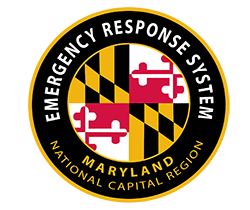
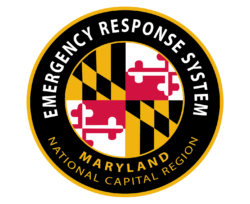




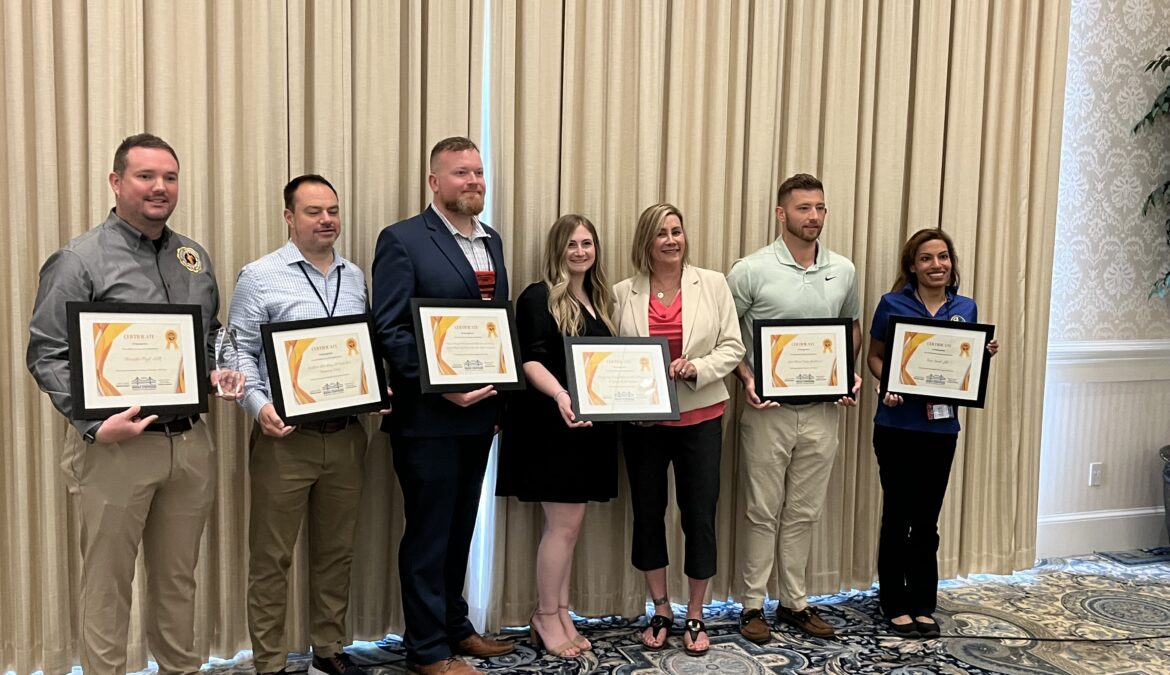
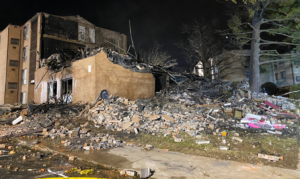 Over the past four years, MCPD, MCFRS, and OEMHS have partnered with MDERS to develop, utilize, and expand their sUAS capabilities. By focusing on improving information gathering and situational awareness, MDERS and Montgomery County public safety agencies collaborated to establish a systematic framework that provided the planning, training, and equipment imperative to bolstering emergency response procedures. The capabilities of sUAS aid in capturing essential information and maintaining shared situational awareness among public safety agencies to formulate appropriate response measures in evolving environments.
Over the past four years, MCPD, MCFRS, and OEMHS have partnered with MDERS to develop, utilize, and expand their sUAS capabilities. By focusing on improving information gathering and situational awareness, MDERS and Montgomery County public safety agencies collaborated to establish a systematic framework that provided the planning, training, and equipment imperative to bolstering emergency response procedures. The capabilities of sUAS aid in capturing essential information and maintaining shared situational awareness among public safety agencies to formulate appropriate response measures in evolving environments.
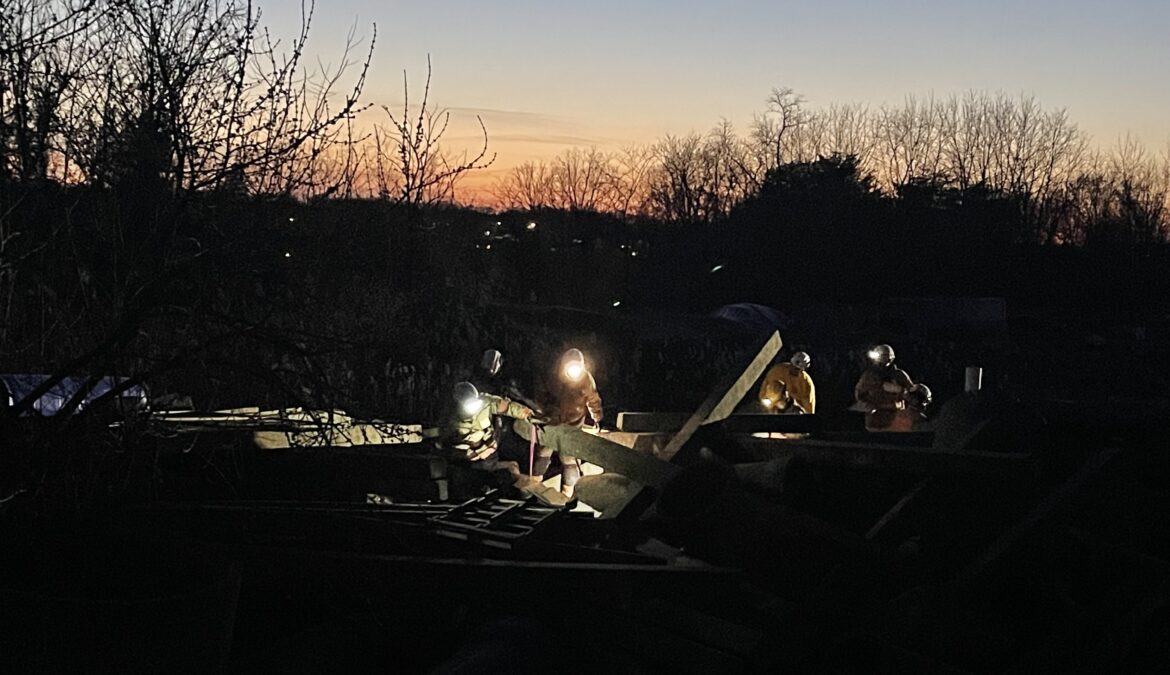
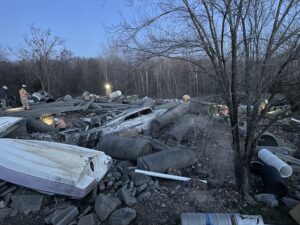
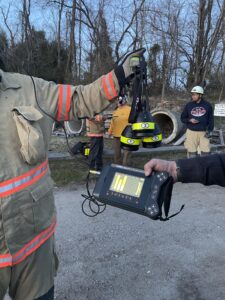
 Melinda joins MDERS from Prince George’s County Government, Department of Homeland Security in their Public Safety Communications Center as a Police Dispatcher. There she managed several high-priority tasks in emergency response as well as managing between 15-50 Police Officers with a variety of active emergency 911 calls for service in real-time. In this role, Melinda also held the responsibility of being the lead point of contact between First Responders on the scene of emergency incidents and surrounding agencies, ensuring all information was accurately relayed. While actively processing emergency responses, she simultaneously helped to determine the appropriate course of action including gathering specialty units such as K9 Officers, aviation units, and detectives ranging from station-level to major crimes. Melinda possesses knowledge from the first responder level point of view and how emergency incidents are coordinated. Melinda also has a background in Business Administration, holding a Bachelor of Science in Business Management from Penn Foster in Scottsdale, Arizona.
Melinda joins MDERS from Prince George’s County Government, Department of Homeland Security in their Public Safety Communications Center as a Police Dispatcher. There she managed several high-priority tasks in emergency response as well as managing between 15-50 Police Officers with a variety of active emergency 911 calls for service in real-time. In this role, Melinda also held the responsibility of being the lead point of contact between First Responders on the scene of emergency incidents and surrounding agencies, ensuring all information was accurately relayed. While actively processing emergency responses, she simultaneously helped to determine the appropriate course of action including gathering specialty units such as K9 Officers, aviation units, and detectives ranging from station-level to major crimes. Melinda possesses knowledge from the first responder level point of view and how emergency incidents are coordinated. Melinda also has a background in Business Administration, holding a Bachelor of Science in Business Management from Penn Foster in Scottsdale, Arizona.